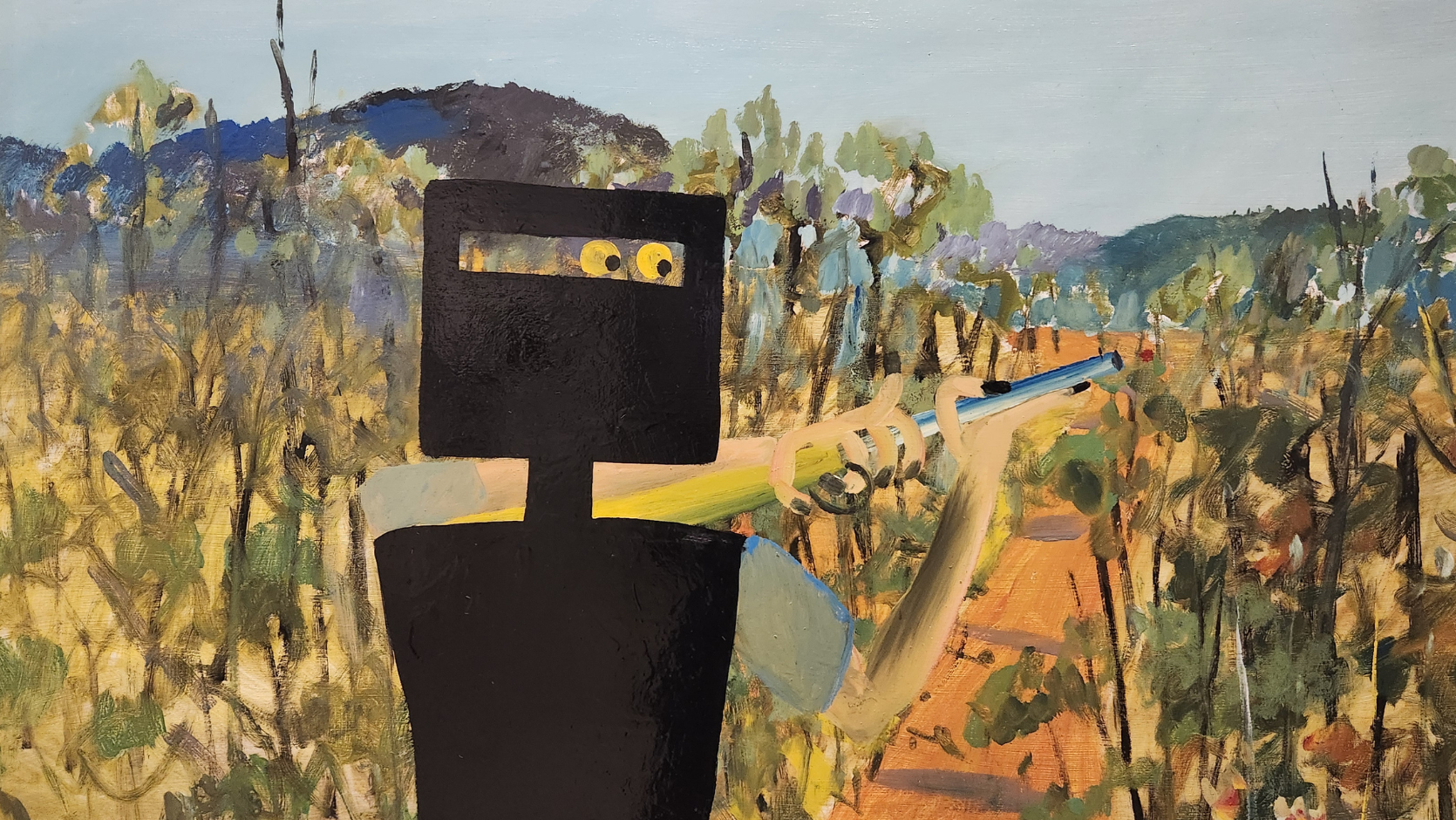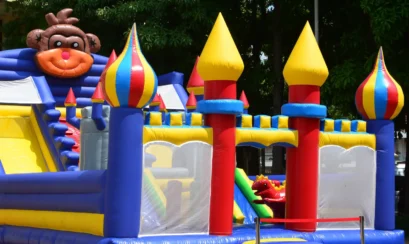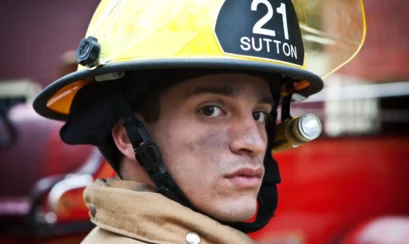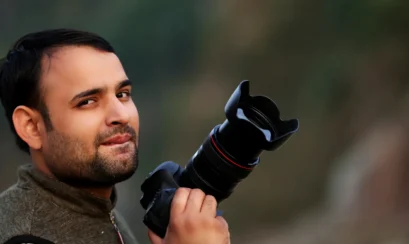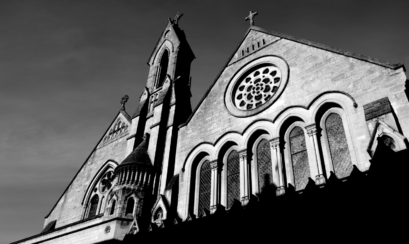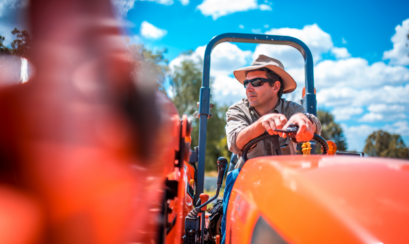The recent Victorian Supreme Court case of Ned Kelly Centre Ltd v Australian Rail Track Corporation [2023] VSC 421 asks the question of whether a familial connection to land is enough to trigger Victoria’s human rights laws to stop the development of a tourist facility.
A second question arises: does Australia’s patchwork human rights legislation do enough to protect our cultural heritage?
The simple answer to both of these questions is no.
Descendants claim tourist facility would erode memory of Ned Kelly
The applicant, the Ned Kelly Centre Ltd, relied on the Victorian Charter of Human Rights and Responsibilities Act 2006, specifically section 19(1) – which enables “persons with a particular cultural background, in community with other persons of that background, to enjoy their culture”.
Joanne Griffiths, the great grand-niece of Ned Kelly, on behalf of the applicant, claimed that her family had such a connection with Glenrowan and Ned’s infamy, that the proposed construction of a tourist facility should not proceed, because it would erode their family’s connections to Ned Kelly, erode their memory of him and prevent them from telling their family’s story to future generations. (See Glenrowan Heritage Project, Rural City of Wangaratta.)
Corporations do not have human rights
The Ned Kelly Centre ultimately lost the case for a variety of reasons.
First, as Her Honour correctly pointed out, Ned Kelly Centre Ltd is a corporation and does not have human rights.
Secondly, the court found no evidence to suggest that the Ned Kelly Centre acts as a representative body for all of Ned Kelly’s descendants. After all, any adult person or corporation can apply for membership, and the board has the ultimate say in deciding whether to accept or reject that application.
This makes it difficult to suggest that being a member of the Ned Kelly Centre entitles an individual to “enjoy their culture in community with other persons”.
No evidence of distinctive culture or cultural practices
Finally, the court found no evidence to suggest that Kelly family descendants share a distinctive culture that they enjoy in community with each other, so as to attract the protection of section 19(1) of the Charter.
There is no argument that Ms Griffiths is a passionate advocate and determined to preserve her family’s heritage. However, there was no evidence tendered to describe the cultural practices she shared with other descendants of Ned Kelly.
This case raises a valid question – how should a multicultural and contemporary society recognise its white colonial history?
Ned Kelly – heroic figure and violent criminal
For those unfamiliar with one of Australia’s most famous criminals, Ned Kelly is Australia’s best known bushranger. Depending on who you ask, he was either a heroic anti-establishment figure who stood up to corrupt colonial police, or he was a vicious murdering thug.
The town of Glenrowan, located in Victoria’s northeast, is the site where the armour-wearing Ned Kelly and his gang were finally captured by police in 1880 after a lengthy siege at an inn involving a number of hostages, including the publican’s thirteen-year-old son, who died along with three other civilians, three police officers and two of Ned’s gang.
Significance of Glenrowan precinct
The train line that runs through Glenrowan featured heavily in the events leading up to the siege. Ned Kelly and his gang planned to derail a train carrying police officers along that track. However, the police became aware of the plan, alighted before Glenrowan and besieged the inn. The rest is history.
The railway is now the property of the Australian Rail Track Corporation, and the Glenrowan precinct is an important piece of Victoria’s cultural history.
Yorta Yorta people fail to establish cultural connections to land
Geographically, Glenrowan is located in Yorta Yorta country, where the Ovens River floodplains meet the Victorian Alps. This land always has been, and always will be, Aboriginal land – it belongs to the Yorta Yorta people.
However, the National Native Title Tribunal found that the “tide of history has undoubtedly washed away any traditional rights” to the lands and waters of the Yorta Yorta Nation.
It could be considered that the Yorta Yorta people failed to establish their cultural connections to the land. In contrast, while the Kelly descendants did not seek to claim native title, they too failed to overcome the burden of proof needed to show they had an established cultural connection to Glenrowan and to Australia’s most famous bushranger.
Perhaps if the Ned Kelly Centre’s legal argument had focused on Ned Kelly’s importance in Australian culture and his links to broader society, the outcome might have been different.
As the legend of Ned Kelly, and the legal battles of the Ned Kelly Centre show, Australia’s white cultural heritage is made of many histories that intersect with First Nations people.
Potentially, if the Kelly clan had taken a slightly different legal approach, they could have paved the way for a generational conversation about how we should remember colonial history and give a deeper meaning to White Allyship in the context of First Nations people’s striving for human rights. (See Ned Kelly’s descendants claim cultural heritage rights over the site of his last stand. The Supreme Court disagrees, The Conversation, 1 Aug 2023.)
Impact of earliest European settlers
Coloniser Edward Henty – regarded as Victoria’s earliest European settler – arrived in Portland in 1834 and established the first permanent European settlement in the state. Tensions soon escalated between the land’s traditional owners and the settlers and resulted in Victoria’s first recorded massacre of Indigenous people.
However, the Henty family was also responsible for many good things, and in his and his family’s honour, a monument was erected.
However, as Edward Henty’s descendant, Suzannah Henty, said while giving evidence in the Yoorrook Justice Commission: “Memorialising the Henty Family is essential to colonisation.” In her words, “removing these monuments is a start to repairing the injustice committed by settlers.”
The fact that the monument was ultimately vandalised, and spray painted with the words “sovereignty was never ceded” demonstrates that monuments to colonial times continue to have a damaging impact on contemporary Australian society.
Ms Henty believes that Indigenous people should be responsible for what happens to these monuments. (See Descendant of Victorian colonial family calls for removal of monuments to her ancestors, The Guardian, 28 March 2024.)
Removal of monuments honouring our colonial masters
Society has changed for the better since 1834. In 2020 the Black Lives Matter movement created the impetus for removing Australian monuments that celebrate our colonial explorers, administrators and masters.
The removal of these monuments is akin to rewriting history or erasing the birth of colonial Australia. However, history is often written and authorised by the powerful to immortalise or fabricate a version of events they find desirable.
For example, many monuments to explorers and our earliest settlers help tell the story of how Australia transformed from a wild frontier land to a civilised country and how it continues to transform into a contemporary multicultural society that embraces diversity.
Colonial monuments denying Indigenous identity and history
Unfortunately, not all monuments provide a factual background of the past. For example, the inscription found on a statue of James Cook suggests that Australia was terra nullius, a land belonging to no-one.
This statement has the effect of denying 65,000 years of Indigenous history. It continues to marginalise First Nation people’s identity, story and history – particularly in modern cities like Sydney, where European building design dominates.
Australia’s colonial heritage often eclipses and displaces First Nations people and their history.
Finding a new perspective on our shared history
There is no need to forget Australia’s colonial past and rewrite history. Instead, a new way forward is needed that remembers Australia’s conflicted past while being sensitive to contemporary societal values.
As Maori researcher James Taylor states: “History is a fluid thing, our ethics and morals change, so we need to view history through a contemporary perspective. We wouldn’t live in a less violent society if we didn’t make positive changes around negative behaviour from years past.”
He goes on to say: “From an Indigenous perspective, all of our histories are living histories, oral histories, so they’re active within us, as opposed to needing to have something like a statue that is dead and dormant to memorialise it.”
According to Taylor, the creation of monuments made of stone, concrete or metal involves environmental damage, and that more environmentally friendly monuments should be considered, such as trees or indigenous plants.
After all, you don’t need a statue to tell you about history. Society could be much more imaginative.
Indigenous perspective on colonial monuments
Mr Taylor’s words are echoed by Indigenous archaeologist Jacinta Koomatrie, who writes:
Most statues in Australia are of White people, specifically White men who were considered significant in the creation of what we know as Australia. For some, this is a source of inspiration, but for those dispossessed and oppressed by the creation and continued existence of Australia, such figures represent the stealing of our land, the enslavement of our people, the control over our bodies and the erasure of our own histories.
Clearly, there is a need to find an alternative way to remember our history and celebrate contemporary Australia. (See Monumental errors? How to deal with contested monuments and memorials, Enterprise Magazine, 7 July 2022.)
An inclusive and informed retelling of history
The solution may be found in engaging with First Nations people in respectful and open dialogue, to empower those who have lost their voice in shaping contemporary society.
Developments like Glenrowan could be used to create an inclusive and informed retelling of history that highlights the complexities of our heritage and how our communities have often been shaped by violent conflict.
After all, Glenrowan might best be described as Yorta Yorta land, shaped through a complicated anti-colonial, white-on-white rebellion. Hopefully, someday it will contain a place where all facets of the story can be thoughtfully told.

